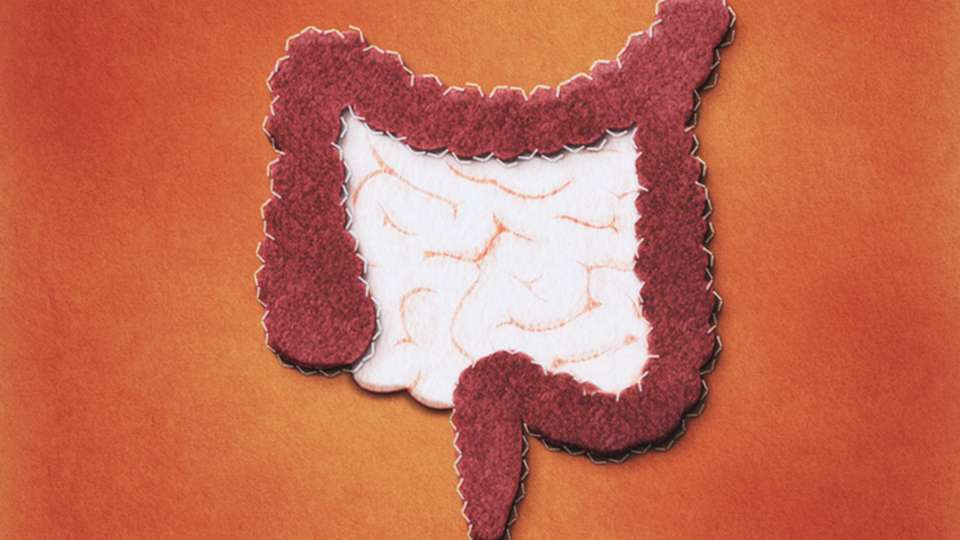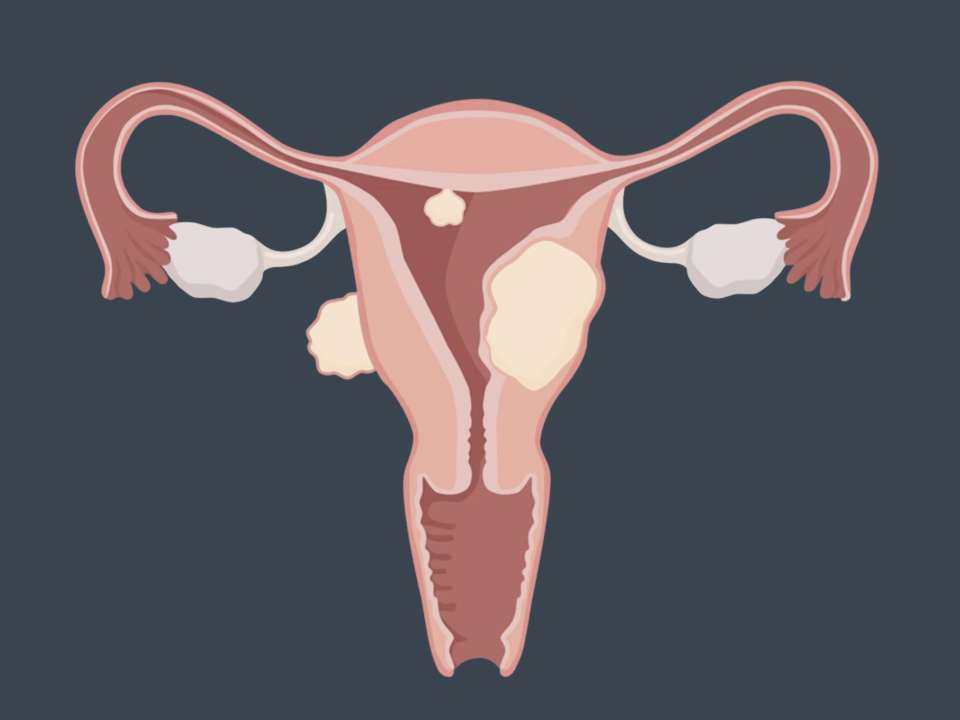Do You Have to Do a Colonoscopy to Check for Colon Cancer?

Life has its unpleasant moments. Some days you have to wash piles of laundry. Others you have to slog through email. And, if you’re 45 or older, you can add colon cancer screening to the list (because let’s be honest, no one finds colonoscopy prep pleasant).
You likely aren't stoked about the screening, but with the rate of colorectal cancer in people under 55 nearly doubling in less than three decades— and an increasing percentage of those diagnosed having later-stage disease — a colon cancer screen is well worth your time. And this is especially true for Alaskan, Native American and Black people, who are disproportionally affected by the disease.
Just like you can listen to music while folding clothes or gamify clearing your inbox, there are ways to make colorectal cancer screening better — including choosing the test and prep that best suits your health risk, finances, comfort and personal preferences.
What colon screening test is best for you?
There are seven colorectal screening tests recommended by the U.S. Preventive Service Task Force. These tests help detect colon cancer early, which is essential as colorectal cancer is the third most common cancer in the world.
To narrow down to the option that is right for you, you want to talk to your doctor about your family medical history and any conditions or symptoms you currently have.
“If you are armed with that information before talking to your doctor, it’s great. It can help them determine if you are at high risk and need a colonoscopy or if you can choose other options. The idea is to find the best screening strategy for you,” says Dr. Rachel Issaka, a gastroenterologist at UW Medical Center and Fred Hutchinson Cancer Center.
Colonoscopy: the gold standard
A colonoscopy is the most common colorectal screening test in the U.S., and it’s considered the gold standard — meaning it’s the test that every other screen is compared to for effectiveness, Issaka says.
The procedure involves a prep period, or one to two days where you take laxatives to clear your bowels, as well as switching to a liquid diet for about a day. During the procedure, you will be under sedation while your doctor inserts a thin, flexible tube with a camera on the end into your rectum to search for polyps and cancer in your colon.
While you may have heard horror stories of the prep, recent changes have made this process easier. There are lower-volume and pill laxatives available so that you don’t have to down gallons of laxative to clear your bowels. Insider tips like keeping wet wipes on hand, drinking the laxative through a straw and chilling the laxative also help.
Pros of colonoscopy: It is the only procedure in which your doctor can find polyps and cancerous growths and remove them at the same time. Due to this, if you have a family history of colon cancer or an inflammatory bowel condition like ulcerative colitis or Crohn’s disease, you have higher risk and should choose to have a colonoscopy. Plus, if your test results are clear, you only need to do the procedure once every 10 years. (Though note if you have higher risk, you will need to test every one to three years.)
Cons of colonoscopy: the bowel preparation (via diarrhea) and that it is an invasive procedure.
FIT stool tests: as easy as sample and send it
If you don’t have a family history of colorectal cancer or a bowel condition, you have additional screening options.
Worldwide, stool tests are the most common way people screen for colon cancer. They work by looking for small amounts of blood in your stool. In the U.S., the fecal immunochemical test (FIT) is the stool test that is used most often, Issaka says.
Pros of the FIT stool test: It’s all about ease. There’s no prep, laxatives or liquid diet. All you have to do is collect one stool sample and send it to your doc. “You can do the test at home in the convenience of your restroom,” Issaka says. “You do it once a year and you only have to come in to see your doctor if your results are abnormal.” It’s also inexpensive (around $25 dollars) and covered under the Affordable Care Act.
Cons of the FIT stool test: It’s a two-part test, meaning if your results are abnormal, you need to get a colonoscopy to check your colon for polyps or cancers. You also need to take the test once a year. There is also the high sensitivity gFOBT stool test, which works similarly but is used less often and requires some dietary restrictions and three stool samples.
Other noninvasive alternatives
While colonoscopies and FIT stool tests are the most common screening tools, there are other options available:
- Flexible sigmoidoscopy is an abbreviated colonoscopy (you prep with an enema, or an injection of fluid that clears your bowel, instead of a laxative and your doctor only checks the part of your bowel closest to your rectum). It’s sometimes done in combination with FIT, and if all is clear you do the test every five years.
- Multi-target stool DNA-FIT tests, like the Cologuard, check your DNA for changes that can be early indicators of colon cancer in conjunction with the FIT test. It is the more expensive stool test (around $600 dollars) and has a high rate of false positive results, especially in older adults. Normal results mean you test every three years.
- CT colonography, also called a virtual colonoscopy, is when your doctor uses a CT scan to look for polyps in your colon. Like a colonoscopy, you must do the bowel prep, but you aren’t under sedation since your doc isn’t inserting anything into your colon. This option is good at finding large polyps and cancers and is best for folks who prefer a noninvasive approach. If your results are normal, you only need this test every five years.
- Capsule endoscopy pill camera. Remember the Magic School Bus episode where the school bus gets swallowed by a student and Ms. Frizzle uses it as a way to explore the human body? Well, the pill camera is like this, but for your colon. You swallow a pill that has a camera in it, and it takes pictures of your colon as it works its way through your body. It’s not a first line defense or commonly used screening test, Issaka says, but it is an available option to talk to your doctor about if you’re interested.
- Blood tests are a new kid on the colon-cancer-screening block. The idea is you get your blood drawn and it can be screened for colon cancer. Currently Septin 9 is the available screening test but many more blood tests will become available soon.
The tests also have different screening intervals, so you want to choose the test and timing that works with your schedule.
The bottom line: any screen is a good screen
If you’re on the fence or still not sure which test to do, rest assured knowing there are no wrong answers.
When caught early, the survival rate of colon cancer after five years is 95%, Issaka says. So, find the best screen that works for you and then go check that colon.
“The most important test is the one that gets done and done well. Patients should not feel overwhelmed by the options. Just pick one and get it done,” Issaka says.

 Healthy ideas for your inbox
Healthy ideas for your inbox





